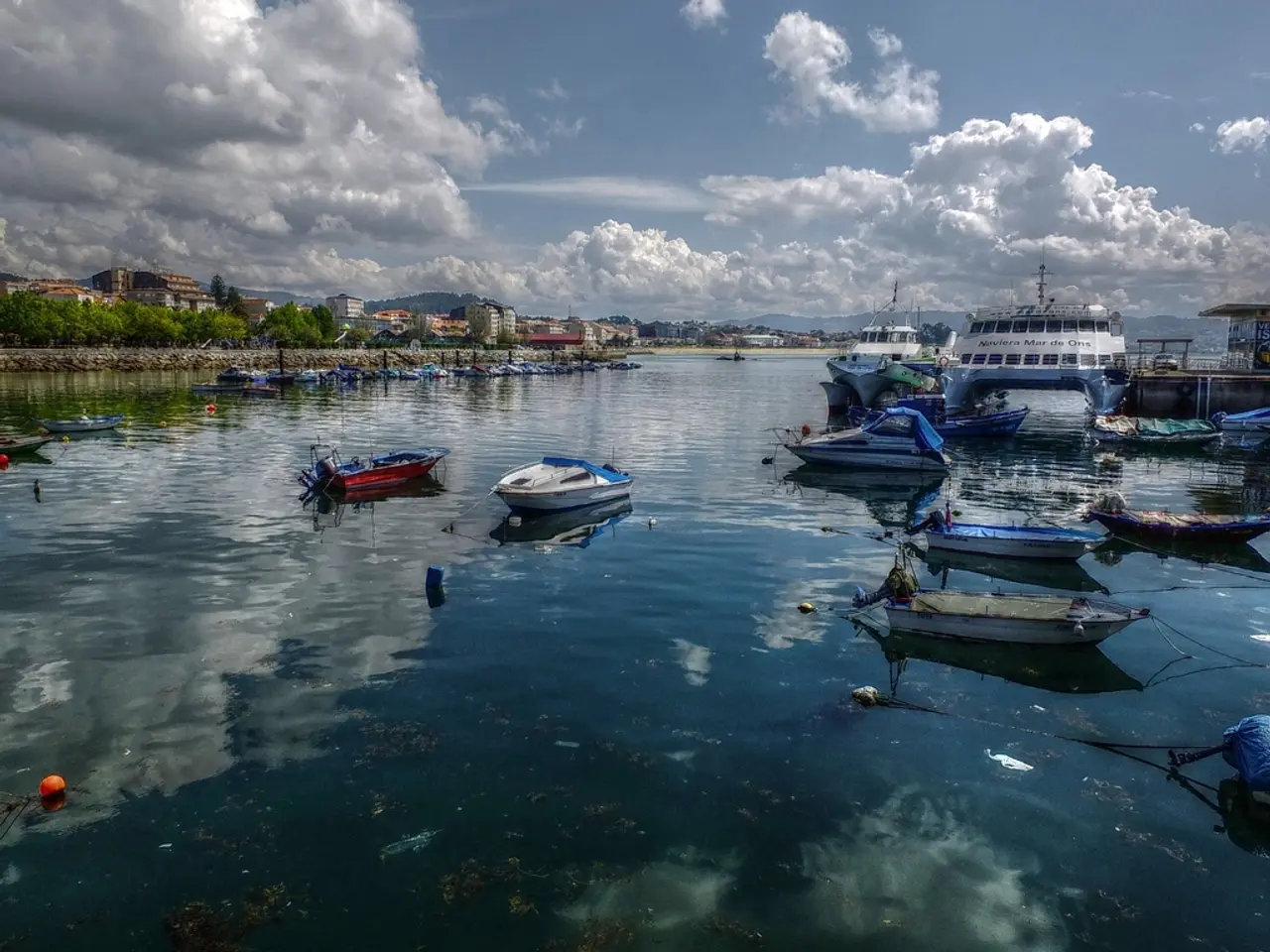Rapid, Scalable Coastal Depth Mapping through Advanced Deep Learning and Cloud Technologies - Meeting the Urgent Demand for Bathymetry in the Caribbean using Multi-Sensor SDB Technology
In the vast expanse of the Caribbean Sea, large-scale data-sharing initiatives like the Caribbean GeoPortal and the MACHC-IOCARIBE Seabed 2030 Strategy are gathering momentum, aiming to disseminate timely geospatial data across the region 1. The importance of these initiatives is underscored by the substantial lack of shallow-water bathymetry data worldwide, particularly in the Meso American-Caribbean Sea region, where only 20 percent of the Caribbean Sea has bathymetry data 2.
Recent advancements in satellite-derived bathymetry (SDB) have significantly improved disaster preparedness and relief efforts in this region. Project Trident, one such initiative, has made significant strides in this field 3. By leveraging the latest satellite imaging, signal processing, and data fusion algorithms, Project Trident derives bathymetric data from satellite sensors without the need for costly and time-consuming ship-based surveys. This capability is particularly valuable for the Meso American-Caribbean Sea region, where diverse coastal geographies and widespread islands present logistical challenges for traditional mapping.
The deployment of Trident technology in the Red Sea coastal area in late 2020 is a testament to its potential 4. The project used Trident tools and cloud computing resources to complete the undertaking in a matter of weeks, a process that would have taken longer than a year employing previous methods. The result was roughly 45,000 square kilometers of 10-meter resolution SDB.
The improvements in SDB techniques enable better mapping of underwater topography, which is crucial for modeling tsunami risks, storm surges, and coastal flooding scenarios 5. Enhanced early warning systems are also possible, as SDB supplies data that improve oceanographic models predicting wave behavior during hurricanes and tropical storms common to the region 6.
More effective disaster response planning is another benefit, as authorities can identify vulnerable areas with precision, optimize evacuation routes, and plan infrastructure resilient to marine hazards. Improved coordination of relief efforts is also achievable, as exact bathymetry helps in navigating relief vessels, deploying floating platforms, and managing port access after disasters 7.
The need for accurate, up-to-date bathymetry data in the Meso American-Caribbean Sea region is undeniable, as demonstrated by the responses to Hurricanes Dorian and Isaias 2. The era of space-based hydrographic surveying is expected to continue to evolve and progress quickly as the supply of Earth-observation satellites and data processing capabilities expand 8.
In summary, the advancements in SDB via Project Trident empower regional governments and agencies to anticipate disaster impacts more accurately and respond more swiftly, thereby reducing risks to lives and infrastructure in a disaster-prone region.
References:
- Caribbean GeoPortal
- Ocean Observatories Initiative
- TCarta
- TCarta News
- Marine-Geo
- Marine-Geo
- Marine-Geo
- Marine-Geo
- As the renewable-energy industry continues to grow, the demand for accurate bathymetric data in coastal zones also increases, as it is essential for planning and siting offshore wind farms and other renewable-energy installations 9.
- Science and technology play a pivotal role in coastal zone management, with data and cloud computing playing an instrumental part in processing and analyzing vast amounts of hydrographic survey data, enabling faster decision-making and informed environmental-science research 10.
- The housing-market and real-estate industry can also benefit from advanced hydrographic surveying techniques, as they help assess flood risks and inform investments, potentially driving lifelong-learning and self-development about property values in relation to climate-change and sea-level rise 11. Additionally, sports enthusiasts and racing fans might find interest in artificial-intelligence applications that predict racing conditions in horse-racing, sailing, and other water-based sports, ensuring better safety and enhancing spectator experience 11.




